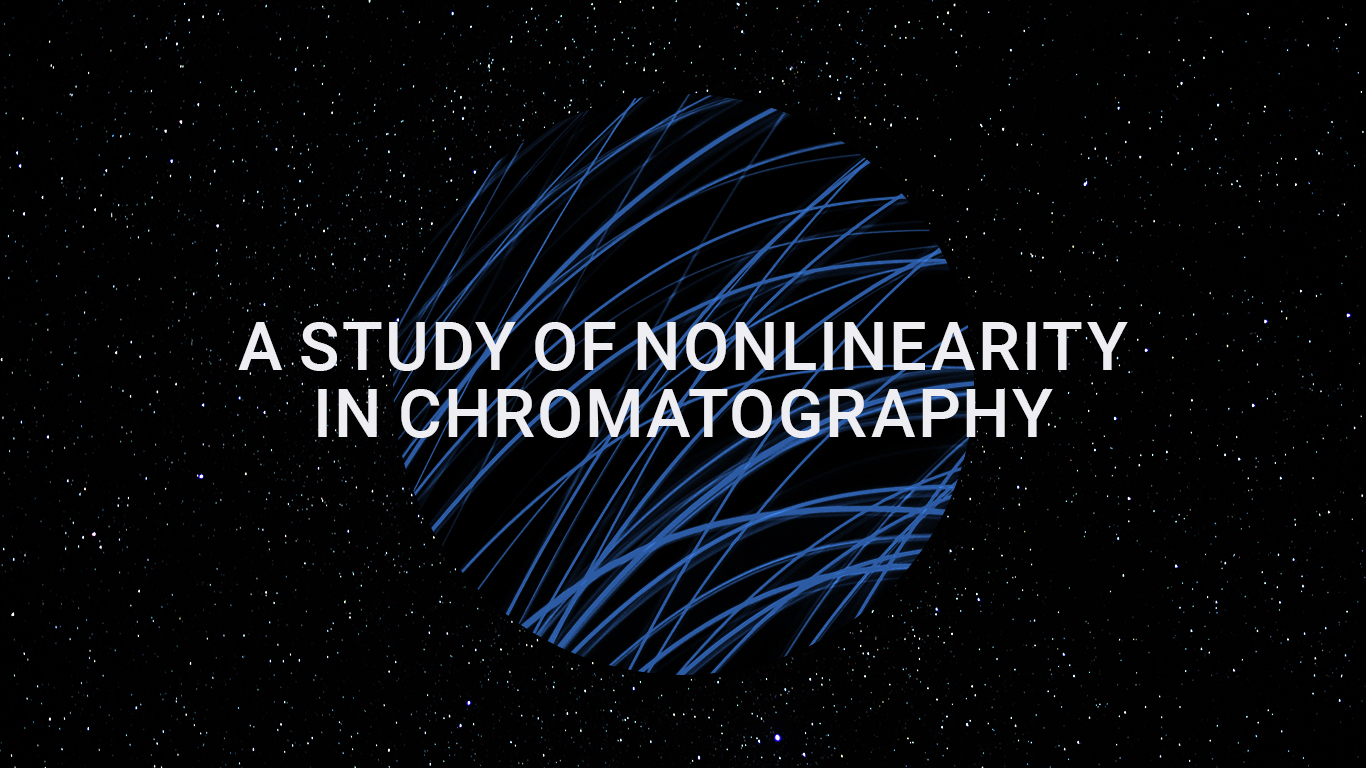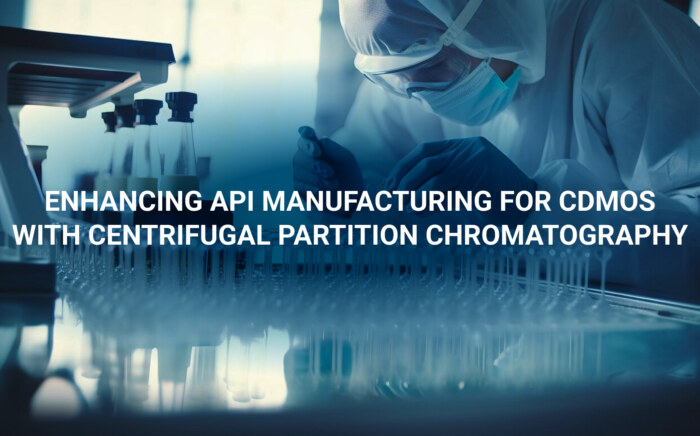Advancing Separation Science: CPC Device Installation and Its Impact
NewsLiquid-liquid chromatography (LLC) stands as a potent technique within the realm of analytical chemistry, offering the ability to separate and purify a mixture of compounds based on their varying distribution between two immiscible phases. In this method, a biphasic solvent system is carefully pre-equilibrated, and the mixture of interest is subsequently passed through it. The distinct components within the mixture exhibit differential partitioning behavior between the two phases, thus facilitating their separation.
However, it is worth noting that, until recently, the majority of studies focused on the linear range of the distribution isotherm in LLC. The nonlinear range, on the other hand, has garnered lesser attention. In an exciting new study, researchers have delved into the exploration of LLC within the nonlinear range by employing pulse injection experiments involving cannabidiol (CBD) as the compound of interest. CBD, a naturally occurring compound derived from the cannabis plant, has gained recognition for its potential medicinal properties.
By examining LLC within the nonlinear range using CBD as a model compound, the researchers aim to shed light on the behavior and dynamics of solute distribution under these conditions. This investigation has the potential to uncover valuable insights into the optimization of LLC methods, especially when dealing with complex mixtures or compounds that exhibit nonlinear distribution behavior. The study could pave the way for advancements in LLC methodologies, expanding its scope and applicability in various fields, including pharmaceutical research, natural product analysis, and more.
Study of Nonlinear Chromatography
The study was conducted using three units of different designs and volumes. The researchers conducted a systematic examination of LLC operation in the nonlinear range of the distribution isotherm for the first time. They used cannabidiol (CBD) as a model component, and performed a series of pulse injections with CBD concentrations ranging from 1 to 300 mg/mL. The elution profiles of the CBD were observed and found to have a diffusive front and a sharp rear part at higher concentrations. These profiles were studied in three LLC units of different types and sizes, ranging from 20 mL to 2 L. The biphasic solvent system used in the study was n-hexane/methanol/water (5/4/1 v/v/v) in descending mode, where the lower phase served as the mobile phase. The researchers used the equilibrium-cell model and an anti-Langmuir-like equation to simulate the elution profiles of the CBD. The distribution equilibria equation parameters were fitted to the CBD elution profiles using the peak fitting method. The model was validated and provided good predictions of the CBD elution profiles in the entire concentration range for all three LLC units.
Outcomes of the Research
The outcomes of this study underscore the promising prospects of liquid-liquid chromatography (LLC) within the nonlinear range of the distribution isotherm. Through the application of LLC, the researchers achieved favorable separation and purification of cannabidiol (CBD), showcasing the technique’s efficacy in handling compounds within this range. The success of CBD separation opens up possibilities for the utilization of LLC in the analysis of other compounds exhibiting nonlinear behavior.
Furthermore, the study emphasizes the significance of taking into account the influence of feed concentration on the elution profiles during LLC experiments. The researchers recognized the need to consider the impact of varying concentrations on the chromatographic behavior of the compounds, as it can significantly affect the separation efficiency and selectivity. By addressing this aspect, the study contributes to a more comprehensive understanding of LLC and provides insights for optimizing experimental conditions.
In addition, the researchers employed mathematical models to simulate and analyze the experimental results. This utilization of mathematical modeling aids in interpreting the complex interactions occurring during LLC and facilitates a deeper understanding of the underlying mechanisms at play. By integrating mathematical models with experimental data, the researchers gained valuable insights into the behavior of CBD in LLC and extrapolated the findings to potentially extend the applicability of LLC to other compounds within the nonlinear range.
Overall, this study highlights the untapped potential of LLC in the nonlinear range of the distribution isotherm. The successful separation of CBD and the exploration of its behavior in LLC provide a foundation for further investigations into the application of this technique for a broader range of compounds exhibiting similar nonlinear characteristics. By advancing our knowledge of LLC in the nonlinear regime and refining the associated methodologies, researchers can unlock new possibilities for efficient and accurate separation and analysis in various scientific and industrial fields.



